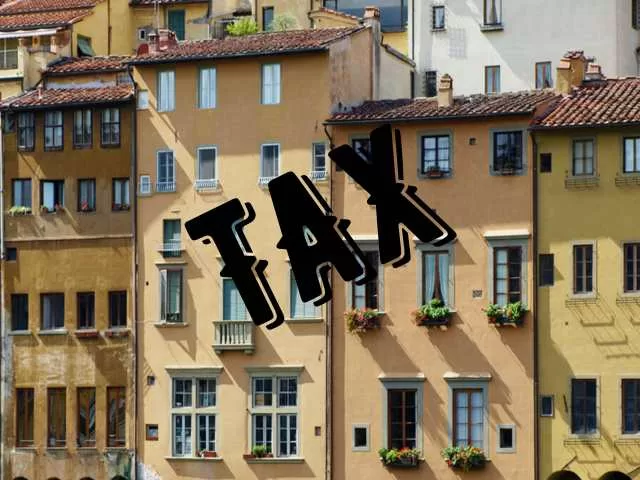Windows tax in England, 1695
Table of Contents
The annals of history often reveal fascinating tales of bygone eras, and one such intriguing chapter is the imposition of the Windows Tax in England in 1695. As we delve into the historical corridors of taxation, this article explores the origins, implementation, and repercussions of the Windows Tax, shedding light on a unique facet of England’s fiscal past.
The Genesis of the Windows Tax
In the late 17th century, England found itself in the midst of financial turmoil, grappling with the aftermath of costly wars and the need for additional revenue. Enter the Windows Tax, a levy born out of necessity rather than choice. Enacted in 1695 during the reign of William III, this tax aimed to bolster the nation’s coffers by targeting a seemingly unlikely source – the number of windows in a property.
Taxing Sunlight: How It Worked
The Windows Tax was a direct tax on homeowners, based on the number of windows in their dwellings. The more windows a property had, the higher the tax imposed. This unconventional approach to taxation sought to tap into the perceived wealth of property owners, assuming that those with larger homes and more windows were likely to be more affluent.
The tax wasn’t without its nuances. To prevent evasion, tax assessors were dispatched to count the windows in each property, resulting in a detailed record known as the “window tax schedule.” The tax rate varied, with a higher tax imposed on properties with ten or more windows. This led to an interesting architectural trend known as “tax dodges,” where homeowners bricked up windows to reduce their tax liability.
Architectural Ramifications: Tax Dodges and Design Changes
The Windows Tax had a profound impact on the architectural landscape of England during the late 17th and early 18th centuries. Homeowners, eager to minimize their tax burden, engaged in creative strategies to alter their properties. The bricking up of windows, not only for tax reasons but also to create a façade of fewer windows, became a common practice.
This architectural response to taxation significantly influenced the design of buildings of that era. The prevalence of properties with bricked-up windows, sometimes leaving only a semblance of the original window frame, serves as a tangible reminder of the fiscal challenges faced by English property owners during this period.
Social Ramifications: The Tax’s Impact on Society
Beyond its architectural consequences, the Windows Tax had broader social implications. The tax was regressive in nature, disproportionately affecting the lower and middle classes. Wealthier individuals with larger properties could absorb the financial burden more easily, while those with modest homes faced increased economic strain.
The tax also drew criticism for its indirect consequences on public health. With windows being bricked up to reduce tax liability, ventilation in many homes was compromised, leading to damp and poorly ventilated living conditions. The resulting impact on the health and well-being of the population underscored the unintended consequences of fiscal policies.
The Demise of the Windows Tax
Despite its initial revenue-generating success, the Windows Tax faced increasing opposition and criticism over time. As public discontent grew, and with the recognition of its adverse effects on living conditions, calls for reform gained momentum. The tax’s inherent flaws and the societal pushback eventually led to its abolition in 1851.
Conclusion: A Glimpse into England’s Fiscal Past
The Windows Tax of 1695 stands as a peculiar footnote in England’s fiscal history, offering a unique perspective on taxation strategies and their unintended consequences. From the architectural remnants of bricked-up windows to the social disparities it exacerbated, this tax left an indelible mark on the nation.
As we reflect on this historical episode, it serves as a reminder that fiscal policies, even those rooted in the distant past, have a profound impact on society. The Windows Tax, while a product of its time, sparks contemplation on the enduring interplay between taxation, architecture, and social dynamics in shaping the course of history.

